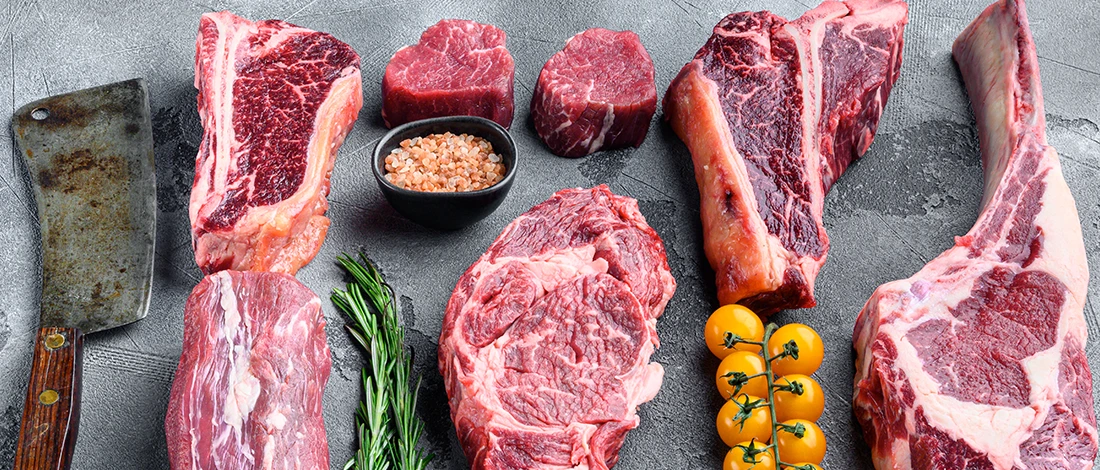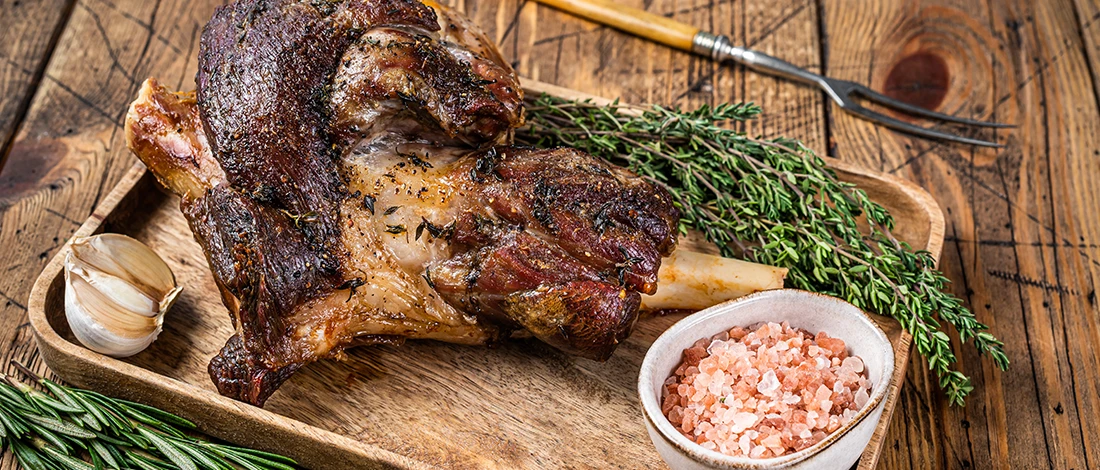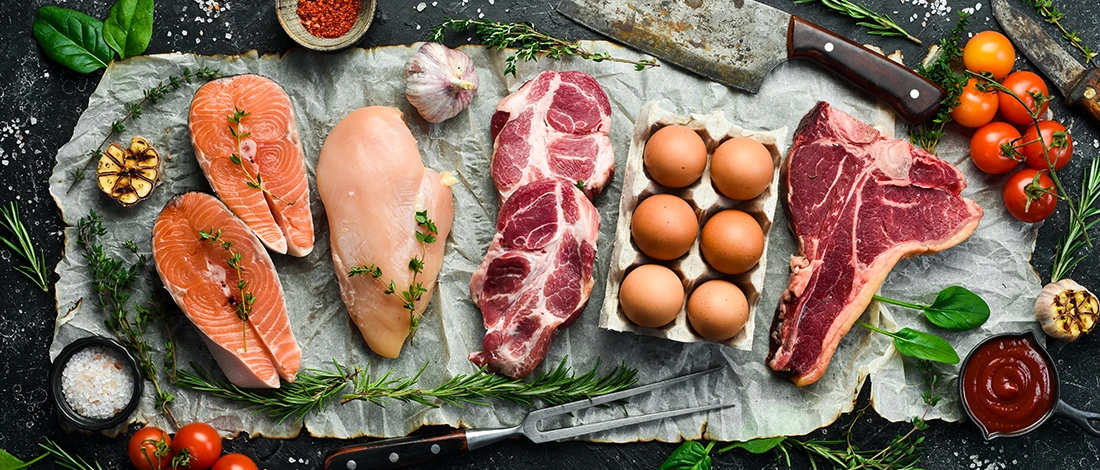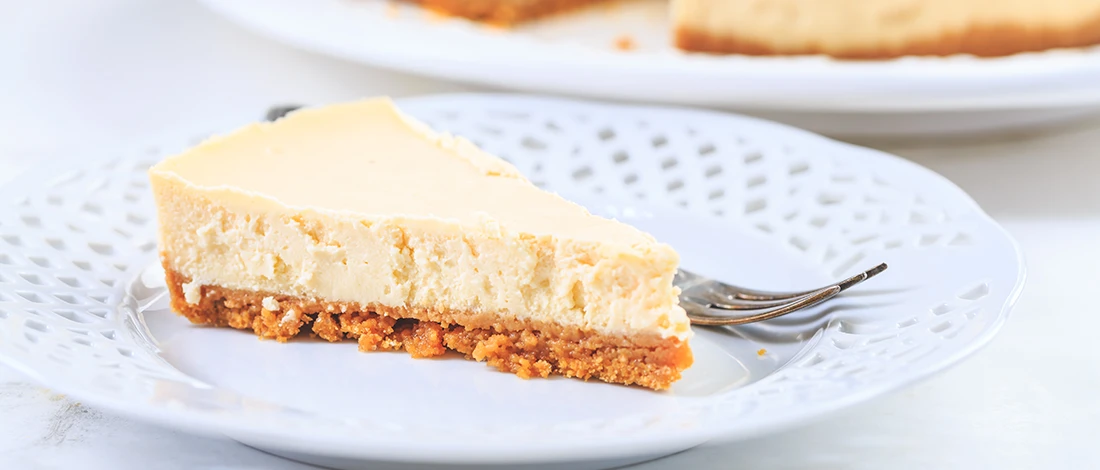Potted meat holds a special place in the realm of preserved meats.
At Carnivore Style, we appreciate the rich, evolving flavors that preserved meats like potted meat offer, and I have sampled different varieties to confidently say this meat demonstrates culinary evolution.
If you’re intrigued by meat preserved with its fat or flavor, this article can help you understand what potted meat is.
After consultation with my dietician, I’ve gathered all the necessary information about potted meat, including its nutritional value and whether or not it’s worth adding to your diet. Read on to learn more.
Quick Summary
- Potted meat is preserved meat packed into a pot and covered with fat.
- Today, potted meat is typically made of chopped or finely ground beef cooked down into a thick paste and then sold as canned food.
- Potted meat can be eaten straight from the can or jar but is often used as a spread or ingredient in other dishes.
What is Potted Meat?
Potted meat is a preserved meat processed and packaged in small cans or jars.
It is made by slowly cooking meat, such as beef, pork, chicken, or even liver, until tender in fat.
Potted meat is typically soft and has a rich flavor, hence ideal for spreading.
Common types of potted meat include potted pork, chicken, turkey and beef and rillettes.
Potted Meat Preservation Method
Potting is a method of traditional meat preservation in which cooked meat or chicken is covered with butter or lard, placed in a pot, and tightly packed to keep the air out.
Then, hot fat is poured over the meat. The heat kills pathogenic bacteria and molds that could spoil the meat.
The covered pot or jars are placed in a cool location to allow the fat to solidify and form a seal over the top of the meat or chicken, preventing some spoilage by airborne bacteria.
"Potted Meat is a generic term used to mean meat that is canned, or meat or pieces of meat preserved in a savoury jelly." - CooksInfo Food Encyclopedia.
History of Potted Meat

Potted meat was present in England during the 16th century [1]. A similar process, called confit, was used in France to preserve ducks and geese.
This preservation allowed animal meat or game to be kept for weeks or months in a cool place. The people ate it later in the year, when meat was scarce and a treat.
However, today, the term generally refers to a potted meat food product that is heat-processed and sold in a can.
This potted meat has a much longer shelf life than traditional preservation methods and does not require refrigeration before opening.
Unopened potted meat may last 3-15 years, making it suitable for your emergency kit and crackers. Nowadays, you can buy potted meat spread from different brands at any convenience grocery store.
The Ingredients in Potted Meat
Potted meat is typically made from a finely ground combination of beef tripe, mechanically separated chicken, beef hearts, and pork.
These animal parts are heated until they tender and then shredded or finely ground.
The shredded meat is mixed with fat, salt, and spices and then canned. The spices vary depending on the manufacturer but generally include mustard, garlic powder, vinegar, onion powder, and sugar.
Some brands of potted meat may also contain MSG, although this is not always the case.
The canning process heats the mixture to a high temperature, killing any bacteria that may be present.
Potted Meat Nutrition

Potted meat usually comes in a small can that contains a single serving.
An Armour brand single serving contains approximately 180 Calories:
- 140 Calories from Fat
- 15 g Total Fat
- 4.5 g Saturated
- 0 g Trans
- 80 mg Cholesterol
- 950 mg Sodium
- 0 g Total Carbohydrate
- 12 g Protein
As you can see, potted meat is high in sodium, fat, and cholesterol [2]. This makes it a less-than-ideal food for those trying to eat a healthy diet.
However, potted meat can be a delicious option eaten in moderation if you are craving something salty and meaty.
Potted meat also has a substantial amount of protein, which makes it a good choice for those who need to add more protein to their diet.
Related Articles:
The Best Way to Eat It

Potted meat is usually puréed to the consistency of a smooth paste. This can make it unappealing to eat on its own, but there are plenty of ways to incorporate it into other recipes.
Here are some ideal ways to consume potted meat:
- Use it as a spread to make potted meat sandwiches on white bread. You can also serve it on toast.
- Mix it with cream cheese and spread it on crackers with pickles.
- Use it as a dip for chips or vegetables.
- Put a bit into a bowl of chili or soup.
- Cook it in a casserole or other hot dinner instead of ground beef.
Potted meat can be eaten cold or heated up.
If you choose to heat it, simply open the can and scoop the desired amount into a microwave-safe dish. Heat for 30-60 seconds or until warmed through.
If you are looking for meat with no additives, try ButcherBox. They are an excellent source of high-quality, organic, humanely raised meat. They will deliver your preferred meat free of charge.
Health Risks of Potted Meat
Potted meat is a popular and convenient food option that can be consumed quickly and easily. However, it comes with associated health risks that should be considered.
One of the primary health concerns related to potted meat is its high sodium content. As a processed product, potted meat often contains high sodium levels to improve its flavour and extend its shelf life.
Excessive sodium consumption can lead to fluid retention, increased blood pressure, and higher heart disease and stroke risks [3].
Potted meat also often contains high levels of saturated fats, which increase the risk of lifestyle diseases, including heart disease and obesity. Regular consumption of potted meat, particularly in large quantities, can lead to weight gain and negatively impact cardiovascular health [4].
In addition to high sodium and fat content, potted meat often contains additives, preservatives, and other chemicals to improve its taste, texture, and longevity.
Some people may be more sensitive to these additives, leading to adverse reactions such as gastrointestinal issues or allergies [5].
While it is not necessary to eliminate potted meat from your diet, you can consume it moderately.
Choosing fresh, unprocessed meats as an alternative can offer similar flavours and textures while providing a healthier nutritional profile.
Like any food product, it is crucial to read labels, understand ingredients, and make informed food choices to prioritize overall health and well-being.
FAQs
What is the Difference Between Potted Meat and Spam?
The difference between potted meat and spam is that spam is made from ham and pork shoulder meat, whereas potted meat is typically a combination of beef, pork, and chicken. Spam also has a firmer texture than potted meat, which is more of a smooth paste.
Can You Freeze Potted Meat?
Yes, you can freeze potted meat, though the consistency may change after being thawed. To freeze, place the unopened can in the freezer. When you're ready to eat it, put the can in the refrigerator overnight so it becomes soft, and then heat it as before.
Does Potted Meat Taste Good?
Yes, potted meat can taste good, but it’s entirely subjective. The salty, savory flavor can appeal to a meat craving without cooking anything.
References:
- https://thehistoricfoodie.wordpress.com/2011/03/25/potted-meat-cheese-early-convenience-foods/
- https://www.heb.com/product-detail/armour-potted-meat/32862
- https://www.ncbi.nlm.nih.gov/pmc/articles/PMC6490875/#
- https://www.ncbi.nlm.nih.gov/pmc/articles/PMC2697260/
- https://www.foodallergy.org/resources/food-additives-and-allergies/intolerances








